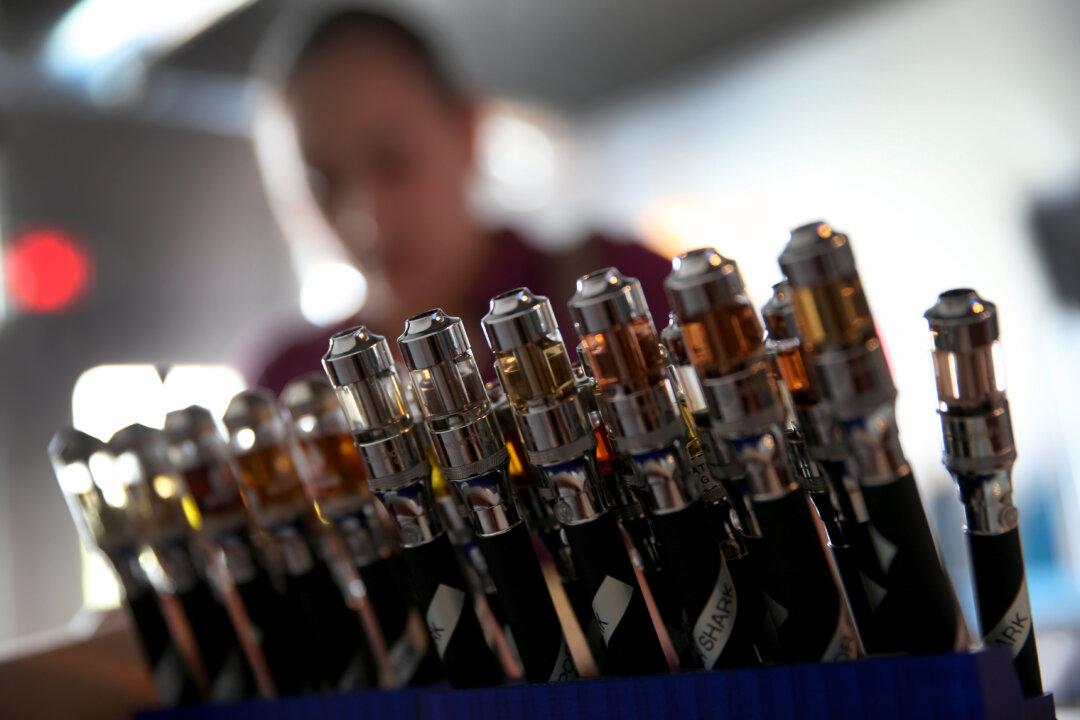E-cigarette use has started to surge in the United States, including a dramatic rise in vaping among youth.
According to the Centers for Disease Control and Prevention (CDC), 4.5 percent of high schoolers used electronic cigarettes in 2013, but that rose to 13.4 percent in 2014, meaning vaping has now surpassed cigarette smoking among youth.





